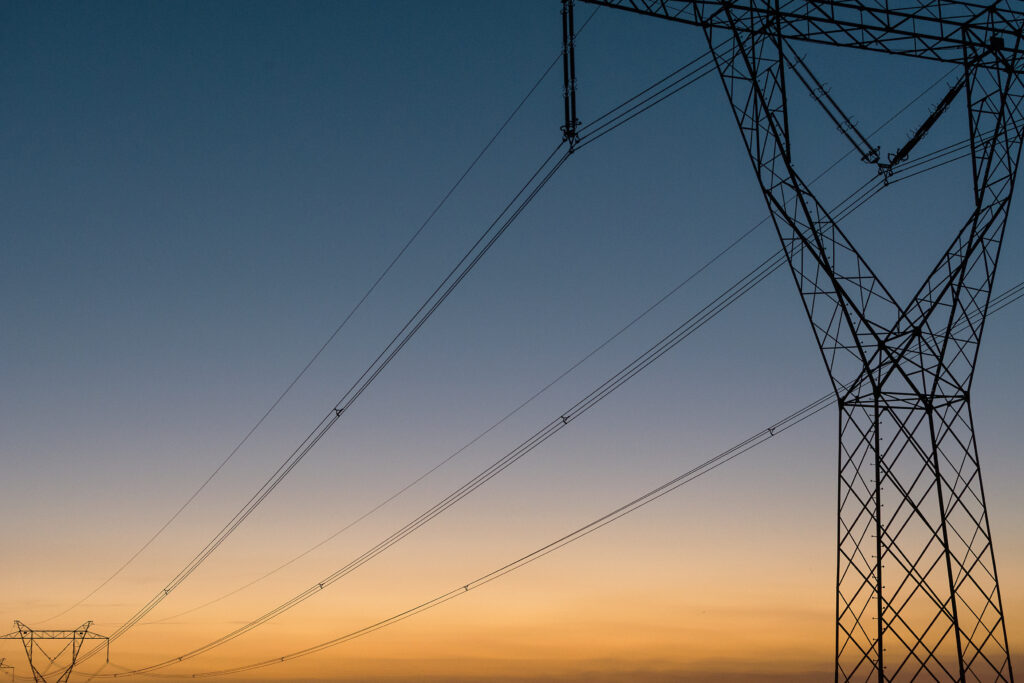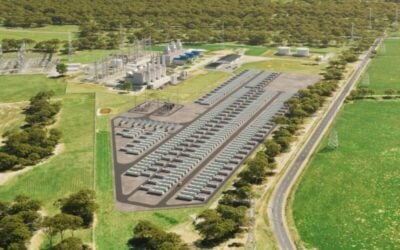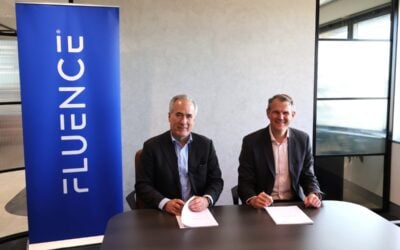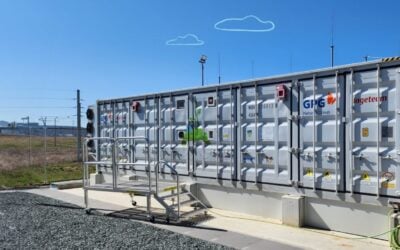
South African grid operator Eskom is close to finalising over 800MWh of battery energy storage projects, but eyes are on another procurement which could be twice as big, a consultant told Energy-storage.news.
The grid operator announced last week that it was in the final stages of pre-contract discussions for 199MW/832MWh of battery energy storage system (BESS) capacity to be developed at eight sites. The assets will provide national peak shaving services for four hours a day plus ancillary services and local support, Eskom said.
Enjoy 12 months of exclusive analysis
- Regular insight and analysis of the industry’s biggest developments
- In-depth interviews with the industry’s leading figures
- Annual digital subscription to the PV Tech Power journal
- Discounts on Solar Media’s portfolio of events, in-person and virtual
The rollout is being backed by a US$58 million loan from the the African Development Bank’s Clean Technology Fund, as reported by Energy-storage.news. Eskom will own the assets but there will be a fixed operating and maintenance (O&M) period of five years with successful vendors.
But this round of procurement can be seen as effectively a testing ground where IPPs (independent power producers) and Eskom can test the battery storage technology on the grid at a discounted rate, said Adam Terry, Technical Director at Harmattan Renewables, which is working with IPPs on projects in the country.
He said that a new round of procurement for a much larger amount of energy storage should happen in the next few months. That one will also give the IPPs more control than the development bank-funded projects where Eskom set the specs.
“We don’t have much detail on these but expect it to be launched in the next couple of months for over 500MW. We’re expecting the new round to be like the REIPPPP model with IPP-developed sites where the IPP chooses where they’ll be, how large, the technology used etc. IPPs big and small are currently looking around at sites for it,” he said.
“The current round which is government/World Bank-backed is a great idea but you can see it as basically a test allowing Eskom/the IPPs to test the technology on the grid at a discounted cost.”
“Through the REIPPPP model the IPPs will bring down the cost and reduce the risk on ESKOM. In the REIPPPP program, the price by round 5 had fallen by three-quarters compared to round 1 (70% for wind and 89% for solar).”
Eskom uses the Renewable Energy IPP Procurement Programme (REIPPPP) to tender for new renewable energy projects. It aims to have 30GW of new, clean capacity on its grid by 2031, which would increase its renewables share of generation to more than 40%.
The standalone storage projects are in addition to around 430MWh/1300MWh of storage paired with renewable energy projects that won a decent chunk of a 2GW tender through its Risk Mitigation Independent Power Producer Programme (RMIPP). So overall, around 1GW of energy storage could come onto the grid through the three initiatives.
That risk mitigation tender was brought in by Eskom to plug an upcoming 2GW shortfall in embedded generation. The storage portion will help with intermittency but also allow the South African grid operator to defer investment in infrastructure.
“For example, currently there are no new projects allowed to connect into Northern Cape despite it being great for wind and solar. The reason for that is that when you connect the projects that are there, you need to allocate the same amount of grid capacity as the nameplate, i.e. a 140MW farm needs 140MW available even though it will rarely deliver this,” Terry said.
“Energy storage will allow them to only need, say, 100MW of grid connection and any generation above that can then charge the battery.”






